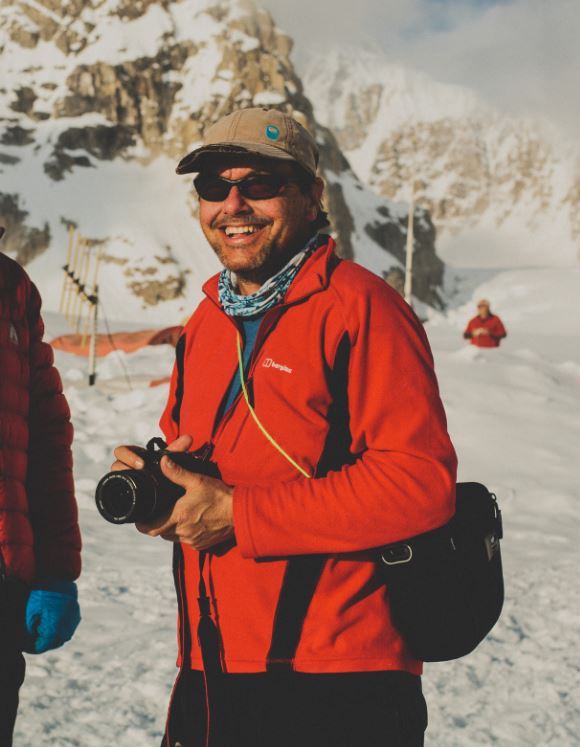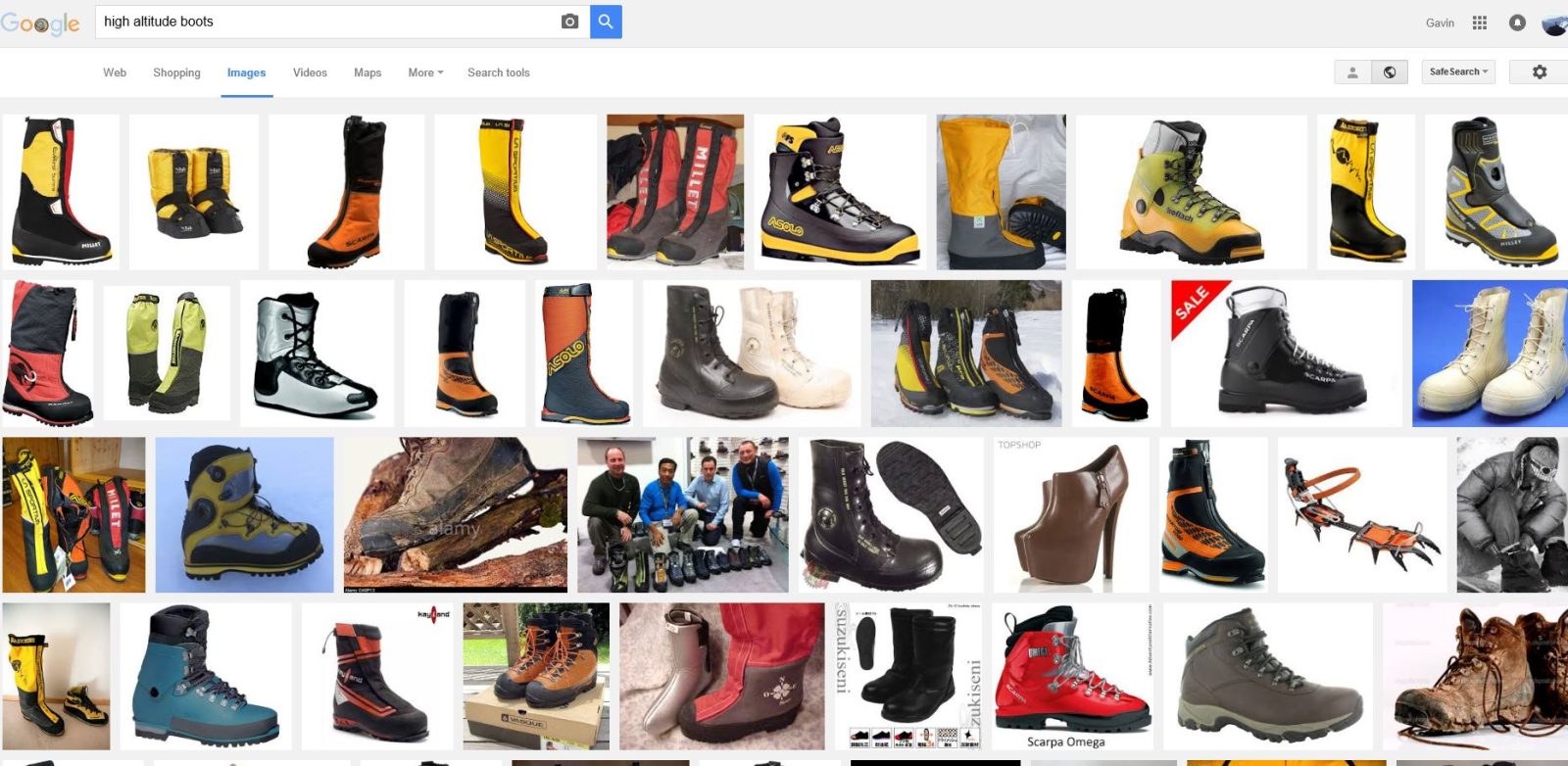
Choosing High Altitude Boots
There are some obvious criteria to consider when choosing high altitude boots, not least the highest altitude reached.
Twenty years ago things seemed a bit simpler, climbers chose from a narrow range of leather trekking boots and generally a pair of ‘double mountain’ or plastic mountaineering boots. Nowadays there’s a boot for every type of terrain and altitude, and manufacturers are keen for us to buy more boots obviously. The choice is huge and confusing.
There are some obvious criteria to consider when choosing high altitude boots, not least the highest altitude reached; obviously the higher you go, the warmer the boots need to be as the body becomes less able to warm itself. Clearly type of terrain is also important, as is the requirement for using crampons.
Boots are expensive so another criteria would be future aspirations for using them on other mountains. Many hybrid boots cover a variety of criteria and can be used on anything from a Scottish winter climb to 7000 metres on Mount Aconcagua. If you are not sure what boot to buy and your aspirations are not to continue high altitude climbing then it’s probably best to rent.
Rental boots however can be quite limited in range. It’s most likely the default boot will be a plastic boot like Koflach or Scarpa Vega which are perfectly acceptable but do take some getting used to. Some rental shops will rent out hybrid boots which are single boots, as in there is no inner and outer. It’s vital to make sure you have the right size, so take thick socks when you are trying them on and remember that your feet will swell at altitude and with exercise. For people going on a high altitude trip like Mount Aconcagua, Island Peak, Mount Elbrus and perhaps going to altitude for the first time, a rental option might be a good option to take.
When it comes to buying boots then most people are likely to have aspirations for climbs beyond one peak, so you have to consider those and also your budget of course. Below is an assessment of the pros and cons of the different types of boots and a breakdown of the criteria.
When it comes to high altitude climbing warmth is a big factor, given that most B1 or B2 boots all allow for crampons (click here a breakdown of boot categories), but I have found that I can easily maintain the flexibility and comfort of my alpine boot with added warmth by buying a neoprene outer. Forty Below and Berghaus make these and I find them very useful. They fit over any boot, they are waterproof and they add many degrees to the warmth of your feet. Forty Below is an Alaskan company and their products are popular with Denali climbers for obvious reasons. Some people even use them on 8000 metre peaks.
With neoprene outers though, you need to use crampons with a strap rather than a clip affair; the neoprene is like a huge sock, and the crampons will not clip in properly. So my combination is something like the Berghaus Kibo with Berghaus neoprene outers and then a pair of Black Diamond Neve crampons. However, before going down that line you need to decide for yourself which line you want to go down with boots. Your options are:
1) A good pair of leather walking boots plus a pair of plastics/semi plastics like the Scarpa Vega or Inverno. Plastics will be potentially drier and more stable but they are generally heavier and take a bit of getting used to. Semi plastics are an even newer breed of boot which tries to give you the slight flexibility of a hybrid with the shell-like security of a plastic. Boots in this class include Scarpa Baruntse or Spantik. These are great boots and their design means that you have some flexibility in the ankle bend, so it’s not quite as rigid as a full plastic.
2) A pair of single hybrid boots that you can walk in and climb. There are many to choose from but those which will cover the likes of Elbrus, Mont Blanc and even Denali are the likes of La Sportiva Nepal Evo, or the Mont Blanc GTX. I still think you need a pair of approach shoes because these are still heavy and warm and not nice to wear on the paths of Nepal!
3) Double hybrid boots like Scarpa Mons 8000 used on very cold and high peaks and these are especially double lined for extra warmth but very little ‘feel’ through the feet, and the crampons you can use on them are limited (especially for the old style Millet boots).
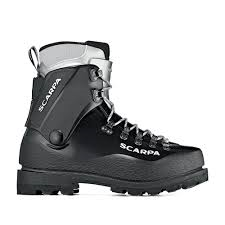
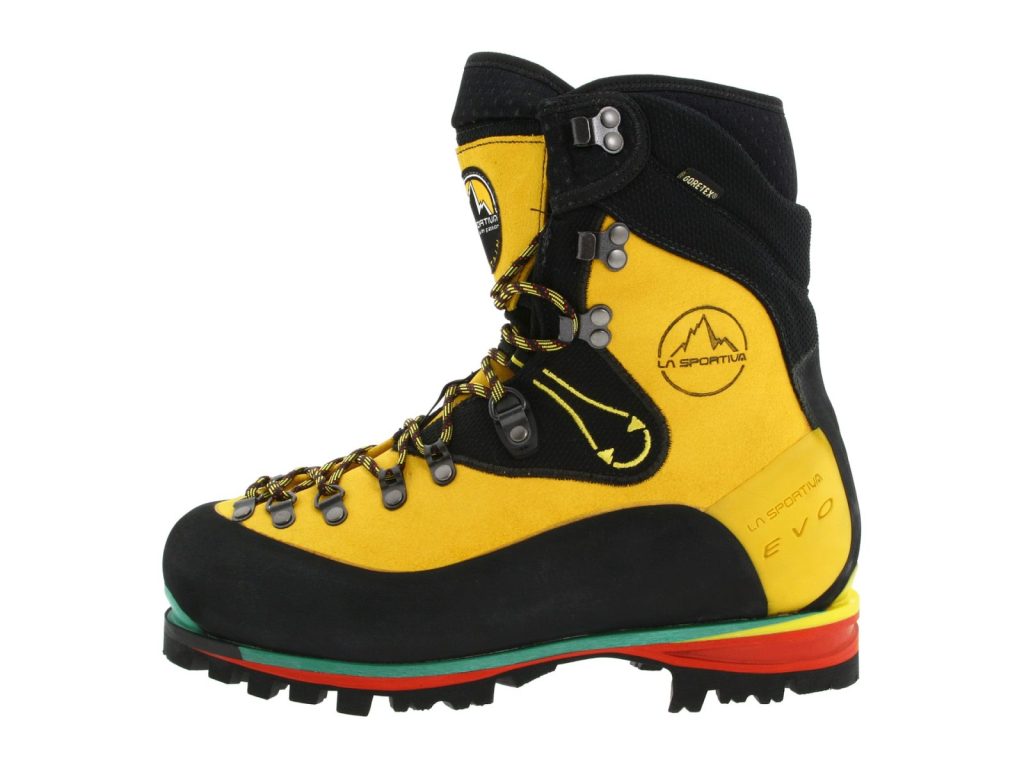
Things to think about:
• Plastics take longer to get used to but once on, they are dry and solid and virtually indestructible. You can take out the inner and wear it in the tent and just dry the plastic shell with a rag. Fit is good and quite generous, allowing extra layers of socks but there is less ‘feel’ for technical climbing. Sometimes there is friction between the inner and outer, so it’s important to get these properly fitted to the size/shape of your foot.
• Hybrids (single ‘skin’) have more flex so are more comfortable but if they get wet or let snow inside then it’s hard to dry them out. Smaller and lighter in general, there is a better ‘feel’ for climbing, and the boot itself has a tighter feel round your foot. The issue here is using these boots on long trips with deep soft snow because they are just not as dry, but a lot of people weigh that against lightness/flexibility and accept the trade-off. They are not as warm though for the higher peaks.
• Hybrid double boots like the Mons 8000 are a double boot that is great for 8000m peaks and a lot of people do use them on Denali and Vinson of course, but they are quite specialised boots with a relatively narrow range of uses. For warmth there’s not much in it, except the Scarpa 8000s which are much warmer; plastics use a special alveolite inner (for which you can buy a high altitude version that is worth doing if you plan to go to Denali), while hybrids are more breathable and they have a waterproof liner but slightly cooler in the early/late season. But of course you can add the neoprene outer boot as I said. Both boots allow for slight swelling in your foot at altitude but always buy half a size bigger and then bulk up with socks and thermal beds like Sorbothane make. I have previously put karrimat material in my plastics which has worked really well .
For myself I seem to have collected several of everything which is not always great because I have to choose! For Mont Blanc I use Berghaus Kibos, for Elbrus I use my plastics (Scarpa Vega) and on 6 to 7000 metre peaks I use something like a Scarpa Phantom Guide or my plastics, and on Everest I use my Millet One Sports. I have about 5 different leathers to use for trekking but I really like Berghaus Kibos for that too.
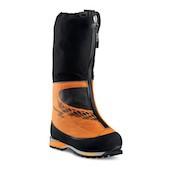
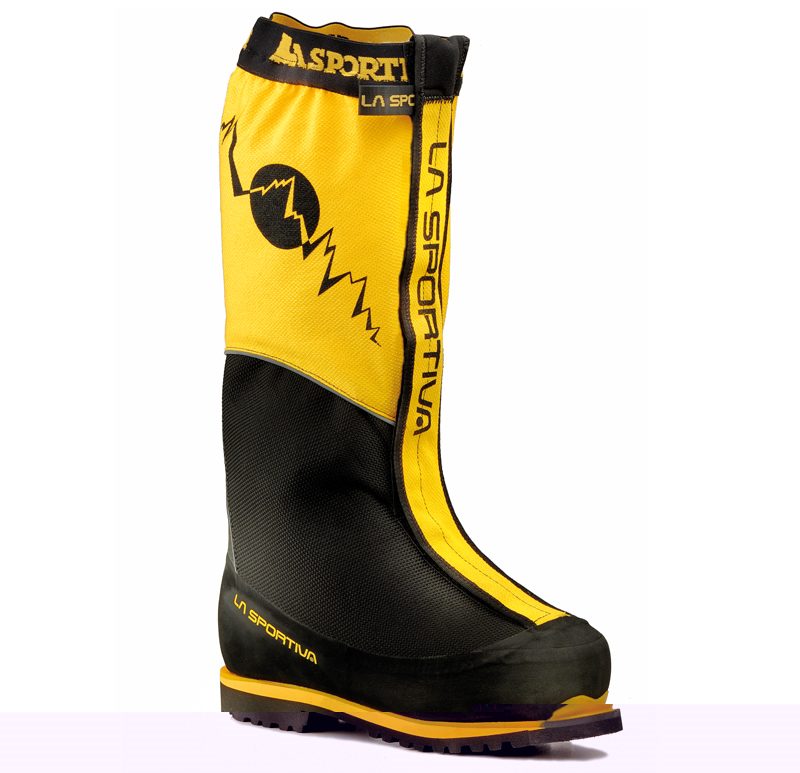
If you have never used plastics then you probably have no historic preference for them, as I do, and therefore I would go for a really good hybrid boot like the Nepal Evo. You can use this comfortably on Elbrus (with a gaiter in case of snow), and on Mont Blanc (slightly heavy and overkill but fine all the same), and also on Denali (without neoprene outer on the lower sections going up the Kahiltna when it gets really hot, but with neoprene outers on the summit day or even going up to the high camp at 17,000’ which can be a cold one). You can use the Evos on Aconcagua and Cho Oyu too in the same way, but once you get to the 8000m+ stage then you might want to invest in (or hire) a pair of Mons 8000.
Nepal Evos are standard issue for guides on Mt Ranier and Denali, they are well respected boots and will look after you well. You’ll get ten years out of them and you can use them with most types of crampons. For Elbrus and Aconcagua and most other peaks with a walk-in, take a good hiking boot that you’re happy with. On Mont Blanc you’re going light so just use the Evos and a pair of sandals. For Denali you’ll use the Evos on the plane in, since you land on the glacier, and a pair of really good down booties with a proper sole on them for wandering around camp. Forty Below do a great one of these as well, but don’t go for the lightweight tent booties which slip off your foot.
Related Articles
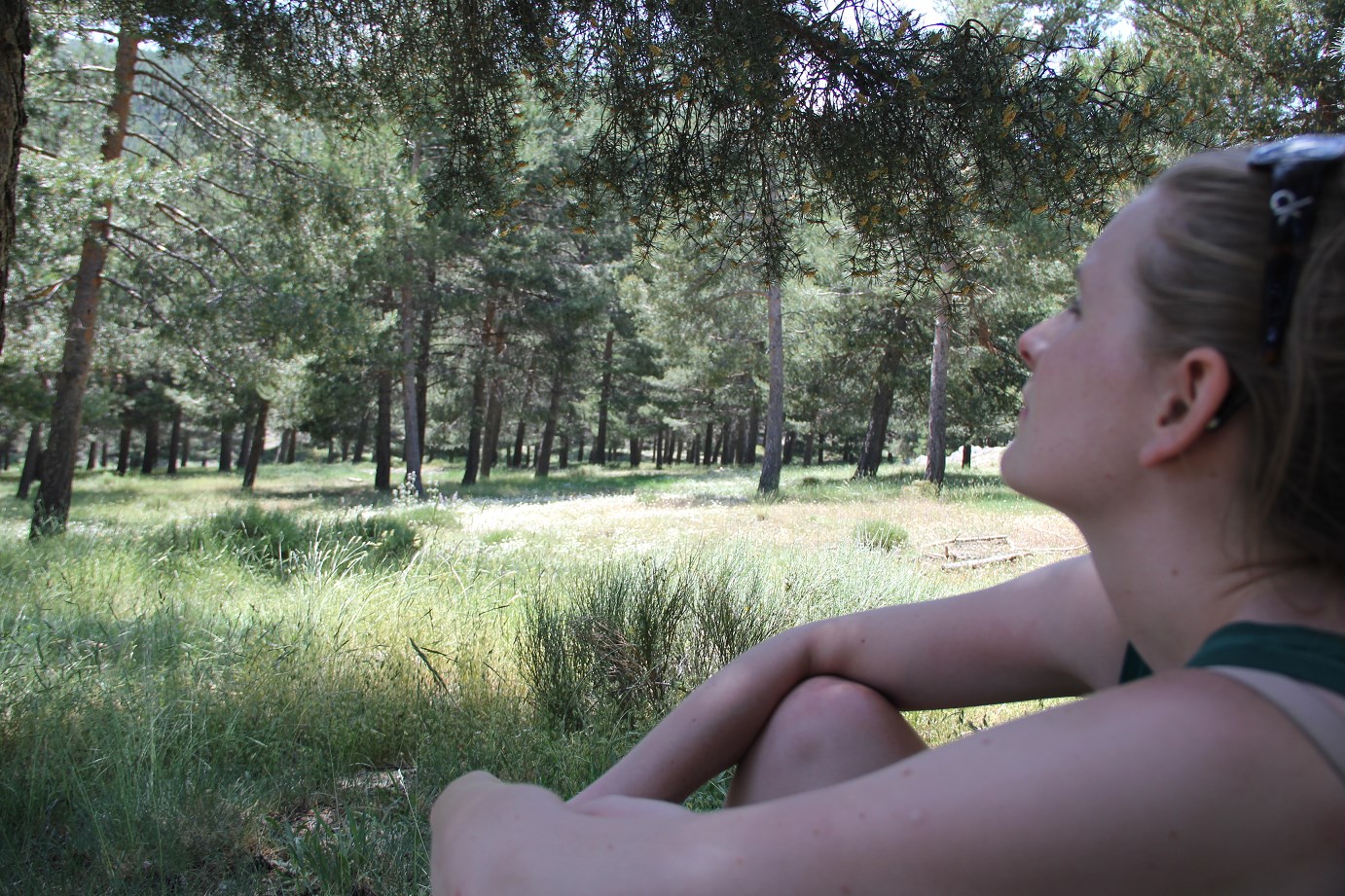
Walking Holiday in the Sierra Nevada
A new destination to the Sierra Nevada in southern Spain beckons. What a beautiful place and a lovely hotel we found... in a small village...
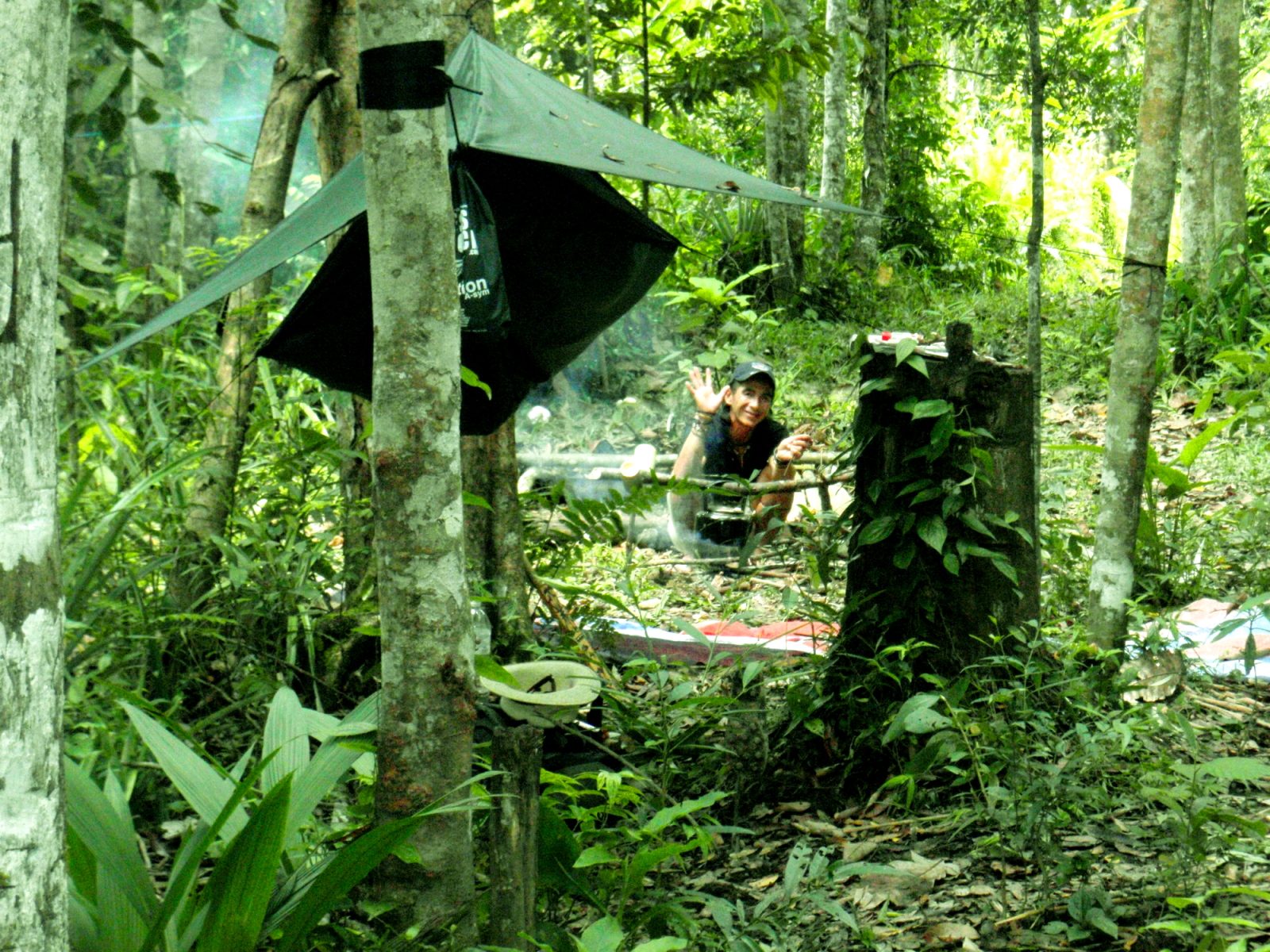
Hammock Life – Volunteering in Borneo
Nothing quite beats waking up to the sound of the rainforest while gently swinging in a weightless cocoon; the dappled sunlight...
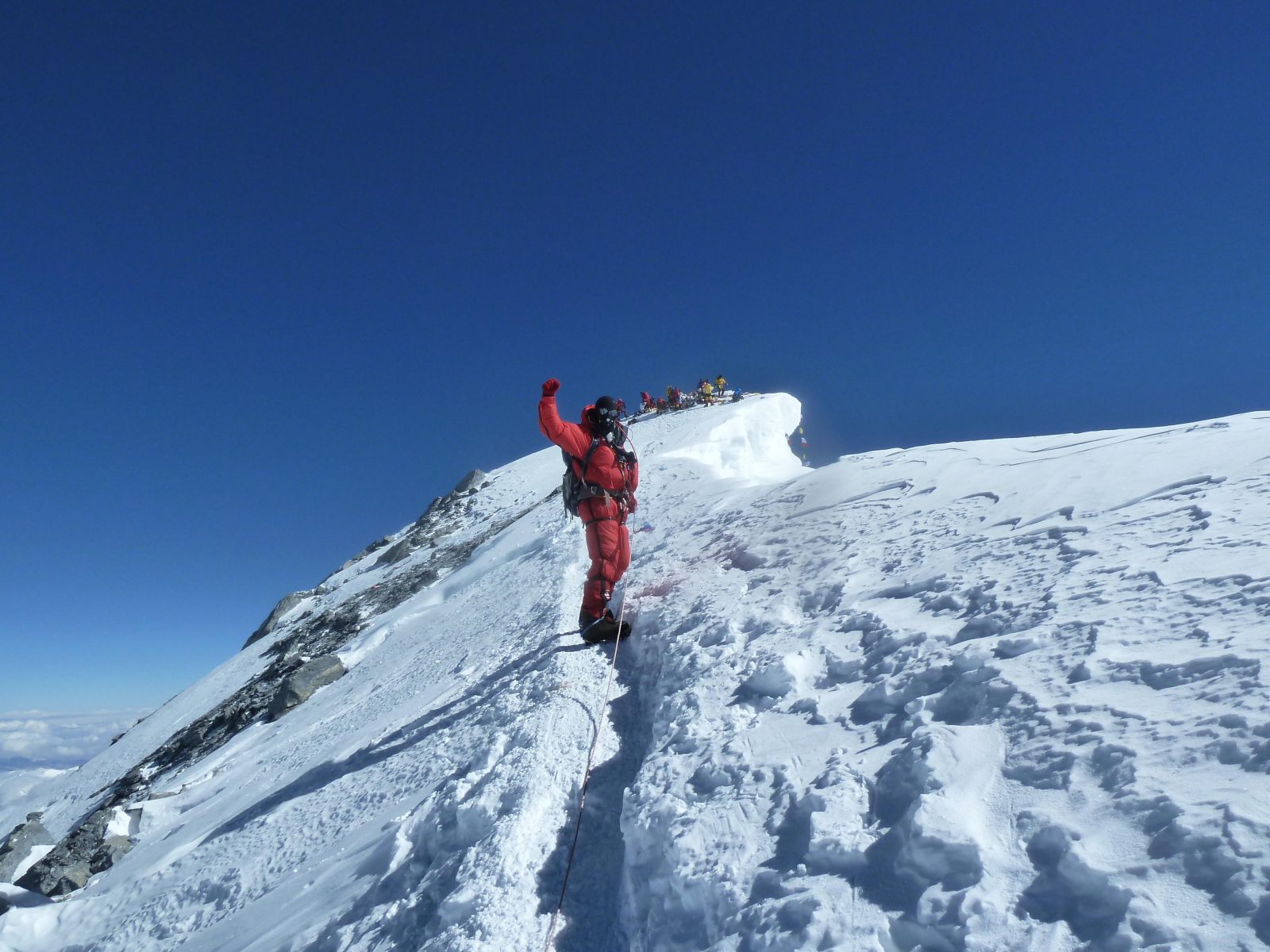
How Much Does it Cost to Climb Mount Everest?
The quick answer is about $45,000.00 but there are several choices to be made when climbing Mount Everest and each have different cost...
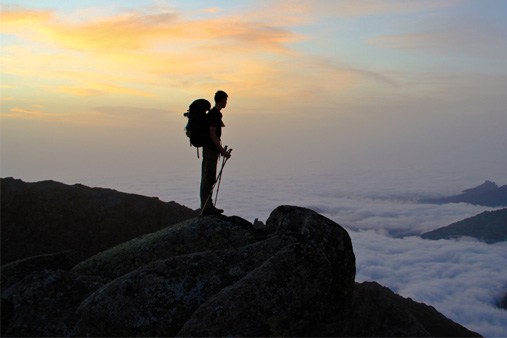
18 of the Best Treks in the World
Multi-day treks can be gruelling on the body and some of the big summits will push your mental threshold further than ever before. But with the...
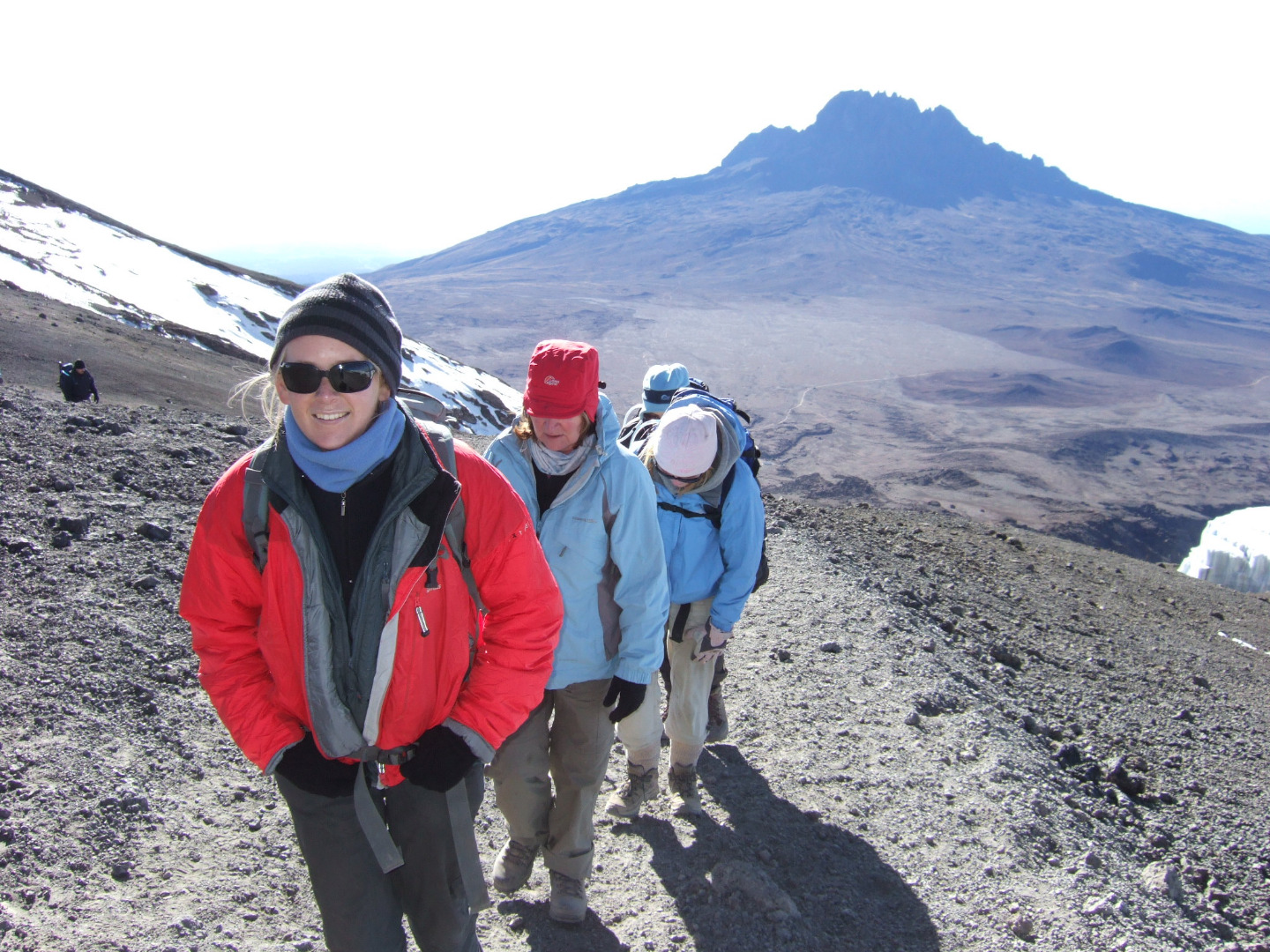
What to Wear on Kilimanjaro
What to wear on a Mount Kilimanjaro Trek is probably the question we get asked most and there is, of course, a kit list for...
